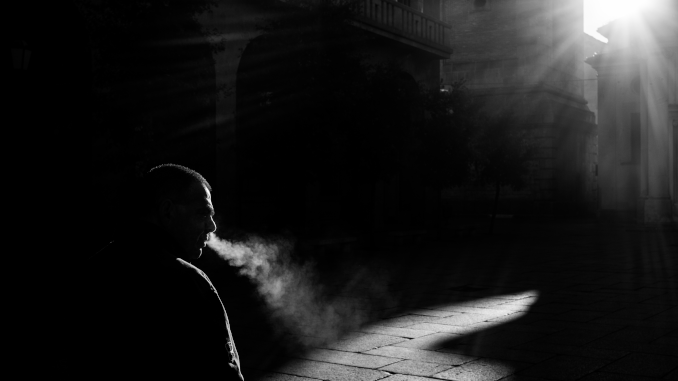
Our August programming in this “Women of Noir” series closes strong with 1948’s “A Woman’s Vengeance,” starring Charles Boyer (Henry Maurier), Ann Blyth (Doris Mead), Jessica Tandy (Janet Spence), Sir Cedric Hardwicke (Dr. Libbard), Mildred Natwick (Nurse Caroline Braddock), Cecil Humphreys (General Spence), Hugh French (Robert Lester), Rachel Kempson (Emily Maurier), and John Williams (Prosecuting Counsel). Directed by Zoltan Korda; cinematography by Russell Metty. Produced and distributed by Universal Pictures. Costumes by Orry Kelly. Music by Miklós Rózsa. Screenplay by Aldous Huxley, adapted from his short story “The Gioconda Smile.”
“The Woman Scorned” is a familiar literary and film trope; yet outside this movie, I can’t think of another example of this type used to such great effect in film noir. If that’s the case, then more’s the pity, as the woman scorned has a built-in motivation for wreaking havoc and sending men to their doom.
Universal spared little expense with this 91 minute film, securing Charles Boyer and Ann Blyth–already both well-established stars–in featured roles; but the true star of this film is Jessica Tandy, who was far more renowned for her stage work than her film roles at this point in her career. Tandy completely captures Janet, and with every gesture and expression breathes life into what would’ve been a mere co-starring role for a less-talented actress.
If you haven’t yet watched the film, here it is for your enjoyment:
The film is based on the Aldous Huxley short story “The Gioconda Smile,” published in 1922. It had to be filled out quite a bit to provide enough material for a 90-minute film, and Huxley does an excellent job of fleshing it out, giving Janet far more to do in the film than she does in the story. In fact, for the movie he gives Janet three pivotal scenes, which fully define who she is and what drives her.
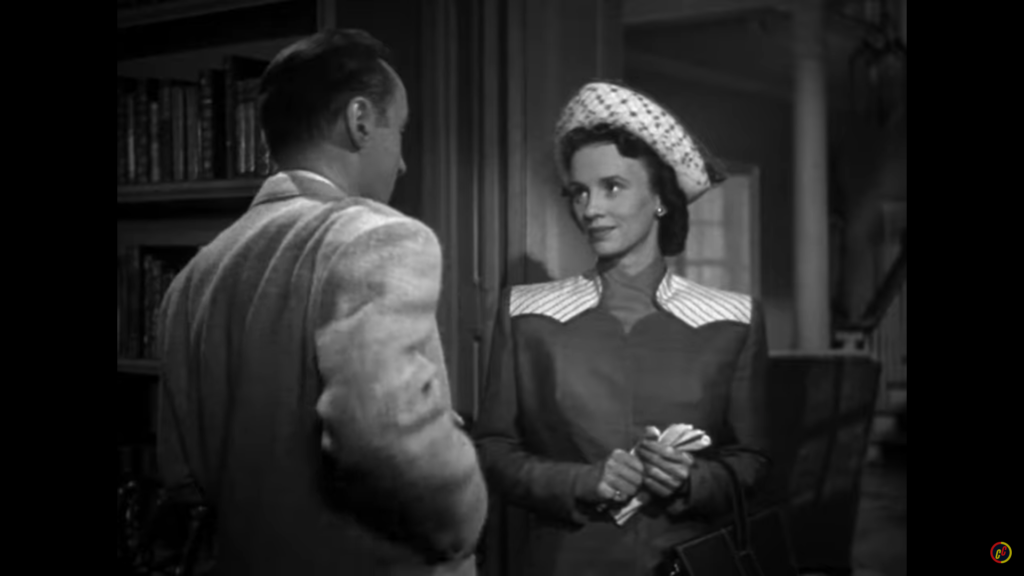
Janet begins the film as a foil for other characters, whether it’s Henry, his wife Emily, Emily’s nurse Caroline, or even her invalid father, Janet seems like the support for everyone else. She’s given up much to care for her father and now hovers on the edge of being too old to be anything but a spinster. She’s patiently suffered to this point, waiting for the moment when Fate will offer her something better. But perhaps even Fate won’t allow her any happiness.
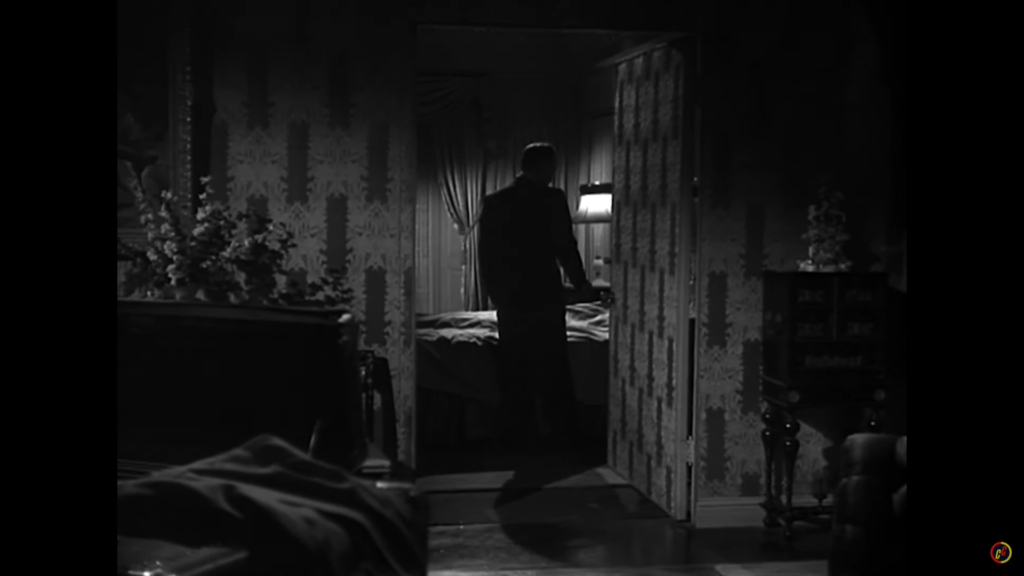
It’s only after the death of Henry’s wife Emily and during a violent rainstorm that Janet shifts from being a wallflower into the woman she was always destined to be. Emboldened by the wild passion of Nature, she admits the feelings she’s had for Henry.
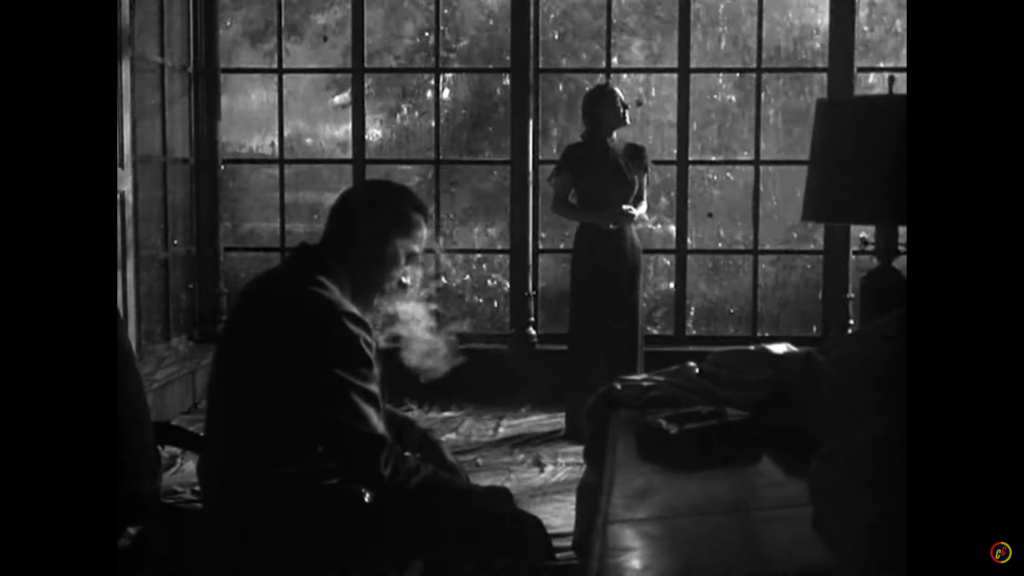
But Henry is an inconstant bastard who cheated on his wife with an 18-year-old girl, who he’s already made the second Mrs. Maurier. When he breaks this news to Janet, she tries to play off her moment of honesty as a mere joke. And thus the stage is set for Janet to seek her vengeance on the man she believed was her soulmate.
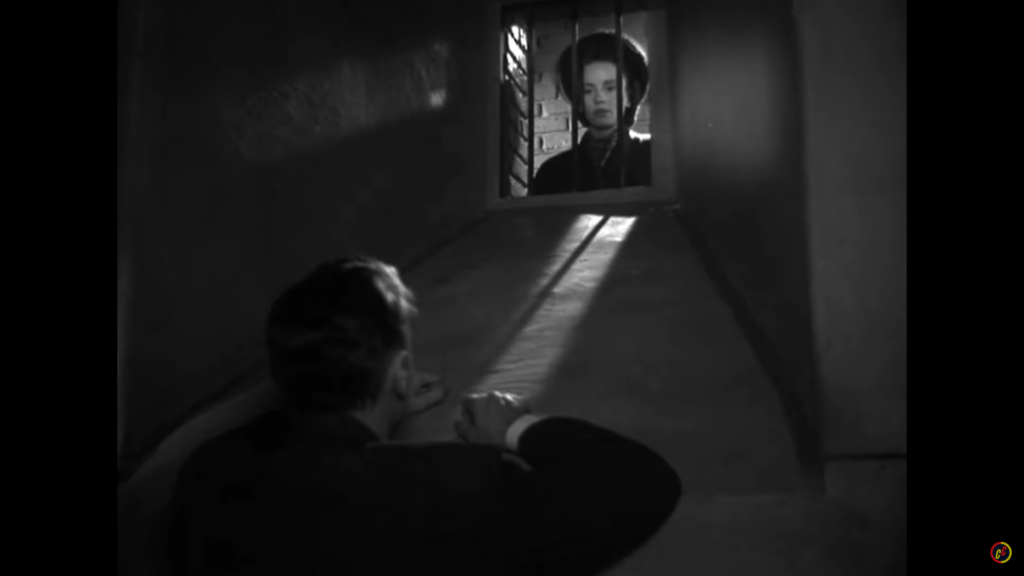
Everything about this film is quality–the script, the acting, the staging and directing, music, and costumes–it all comes together to create a satisfying experience. Huxley did an excellent job of turning his short story into a longer work which gave voice to the full extent of Janet’s suffering; he writes her with such understanding of the female perspective. And Tandy is luminescent as Janet; everything in her performance rings true. Five unfiltered cigarette puffs out of five!
Next week we welcome the return of Eddie Muller on TCM and his noir programming; he’ll be featuring “Hit and Run,” from 1957.
